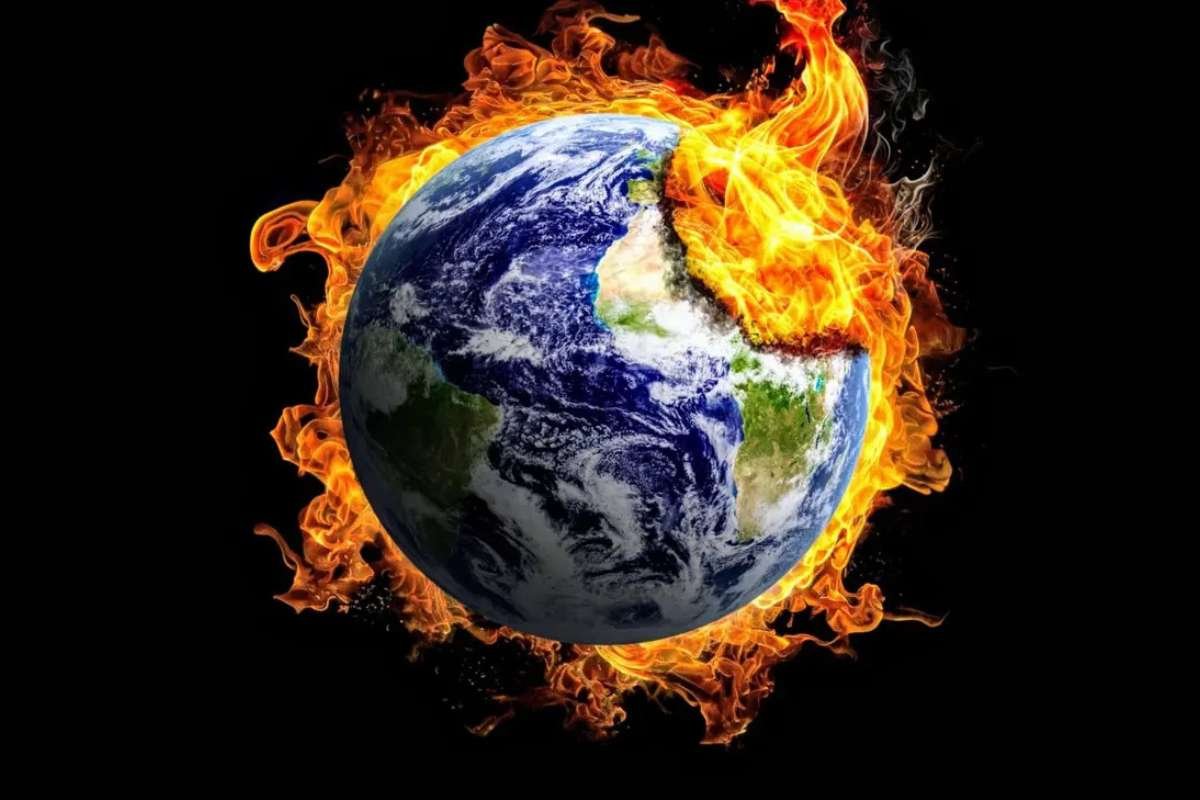Earth’s CO2 has now reached atmospheric concentrations not seen in millions of years, scientists confirmed, raising renewed concerns over the rapid pace of climate change. According to newly released data from the National Oceanic and Atmospheric Administration (NOAA) and the Scripps Institution of Oceanography at the University of California San Diego, Earth’s CO2 levels surpassed 430 parts per million (ppm) in May 2025 a record-breaking figure and a stark reminder of how human activity continues to shape the planet’s future.
This milestone, marked by an increase of more than 3 ppm since last year, highlights the persistent rise in greenhouse gases emitted primarily through the burning of fossil fuels. Earth’s CO2, a major driver of global warming, is known to linger in the atmosphere for centuries, trapping heat and intensifying climate-related disruptions such as rising sea levels, melting ice caps, and extreme weather events.
Professor Ralph Keeling of UC San Diego described the update in grim terms, stating, “Another year, another record. It’s sad.” Keeling, whose father began the famous Keeling Curve a long-term graph charting CO2 concentrations since 1958, emphasized the significance of this milestone not just for its record-breaking level, but for the speed at which it has occurred.
The Fastest Climate Shift in Human History
Atmospheric carbon dioxide levels have been steadily increasing since the Industrial Revolution, but the pace of change in recent decades is unprecedented. In 2013, scientists were alarmed when levels crossed the 400 ppm threshold, once thought unimaginable. Now, with readings above 430 ppm, some experts warn we could approach 500 ppm within the next 30 years if emissions continue unchecked.
What makes this shift particularly concerning is how rapidly these changes are occurring. According to Keeling, the last time CO2 levels were this high was likely more than 30 million years ago, during a time when Earth’s climate was vastly different and humans had yet to appear. “It’s changing so fast,” he said. “If humans had evolved in such a high-CO2 world, there would probably be places where we wouldn’t be living now.”
Despite ongoing international efforts to reduce emissions, current policies and practices appear insufficient. The steady rise in Earth’s CO2 levels suggests that global efforts to curb greenhouse gas emissions have fallen short, putting additional pressure on governments to adopt stronger climate strategies.
The Keeling Curve: A Simple Yet Powerful Indicator
Carbon dioxide measurements, such as those recorded at Hawaii’s Mauna Loa Observatory, remain a crucial tool for tracking the health of Earth’s atmosphere. The Keeling Curve, named after Charles David Keeling, continues to serve as a visual record of humanity’s growing climate impact. This year’s readings, 430.2 ppm from the Scripps team and 430.5 ppm from NOAA, are among the highest ever recorded for Earth’s CO2.
These figures are more than just numbers. As Keeling noted, they provide a “holistic measurement” of the planet’s health. “They’re telling you about your whole system health with a single-point measurement,” he explained, underscoring the urgency to act before more irreversible changes take place.
With the atmosphere now entering territory unseen in tens of millions of years, the message from the scientific community is clear: the time for meaningful climate action is running out. The continuous surge in Earth’s CO2 is not just a statistic—it’s a warning.







